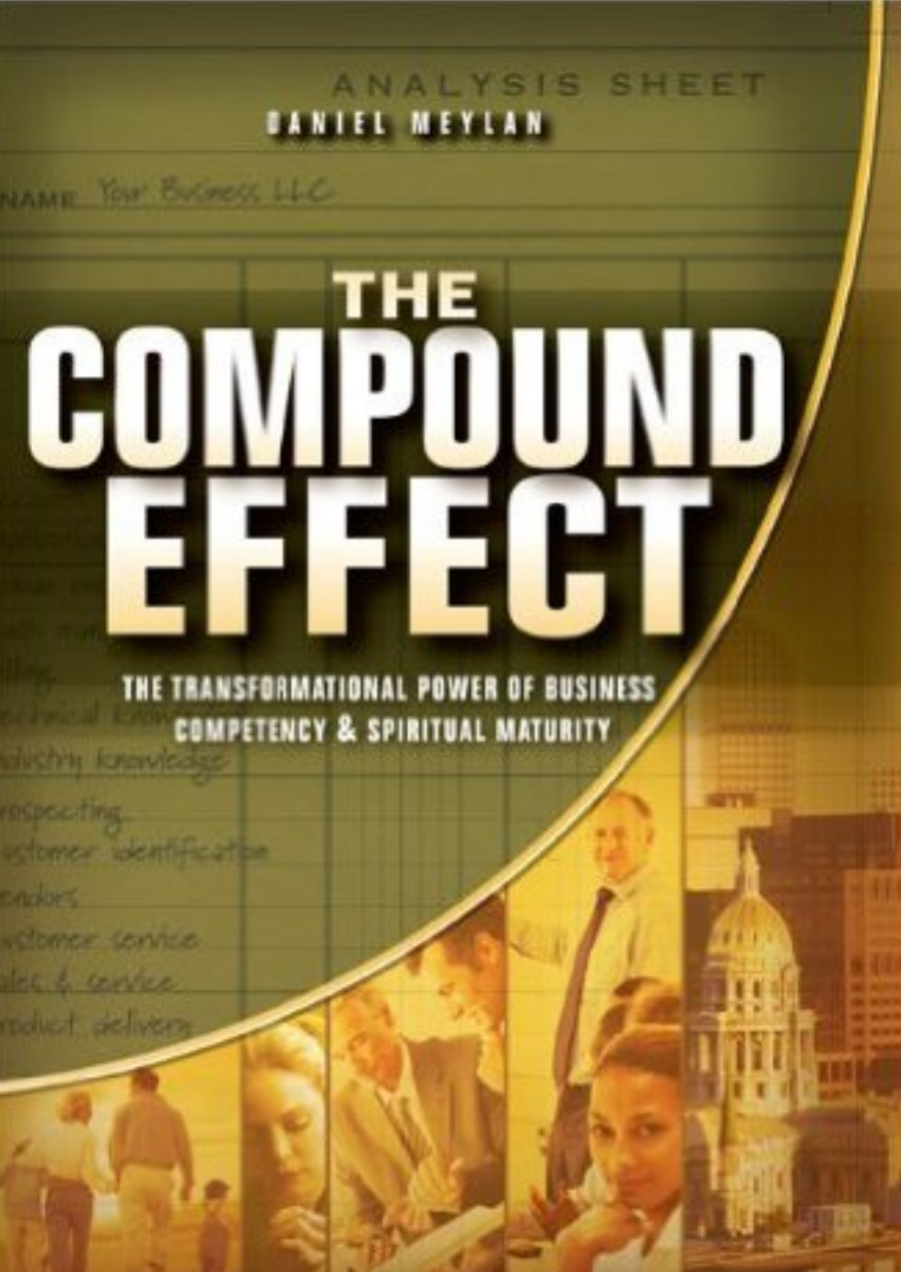Sales
What’s the difference between sales and marketing? Marketing is occupying space in your customer’s mind prior to the time they consider a purchase. Sales is closing the purchase. Without sales, no business can survive. If planning is the roadmap of business, then sales is the gasoline to drive the business down the road. In order to be effective in sales the business owner and staff must be conversant in the language of that industry. Weavers was recently involved with an electrical contractor seeking to expand their services into LED lighting. The LED lighting industry has its own language, product terms, and technical jargon. Without a functional understanding of that language any sales effort will be ineffective. The first component of any successful sales program is a complete grasp of the industry language.
The sales process varies by industry. In the retail segment, the sales cycle is typically quite short. We walk into Starbucks and order a coffee, we pay for it and we leave. The entire process might take three minutes. At the other end of the spectrum, the sales cycle for an architect offering services to design a new hospital could take 3 to 4 years.
The sales process for most commercial ventures involving an extended sales cycle includes the following steps:
Suspecting – who are those persons or businesses that might be interested in purchasing our products and services?
Prospecting – making direct contact with those persons that might be interested in purchasing our products and services and determining their level of interest.
Qualifying the prospect – Establishing which persons or businesses have a confirmed interest and ability to pay for our products and services. A qualified prospect has revealed the conditions that must be met in order for him to make a decision to buy.
Fact-finding – Determining the terms and conditions under which a qualified prospect would make a decision to purchase our products and services
Presentation Offering a qualified prospect an opportunity to purchase the goods and services of our company subject to terms and conditions that meet their expectations and provide an opportunity for our company to make a profit.
Closing – Agreeing to terms and conditions of receiving payment for the products and services our company. Receiving payment for products and services provided.
implementation and service – installing and servicing the products and services purchased by the customer.
Referrals – obtaining favorable referrals from existing customers to perspective qualified prospects
Up-sale and resale – repeat customers are the most valuable customers a business can have. Satisfied customers usually come back and purchase additional products and services.
Small businesses are notoriously poor at managing the sales process. They have few if any controls on sales cycle; they fail to track sales activities; they fail to train and motivate their sales staff, and they have few systems to evaluate the profit value of each customer. How is your business doing managing your sales process?
There are some products and services that lend themselves well to being sold over the internet; however internet sales is an entirely different process and requires an intimate knowledge of the technical aspects of search engine optimization, social networking, click-through advertising, and online payment systems. Internet sales is an emerging discipline that needs to be explored by any company involved in the sale of retail products and services.

